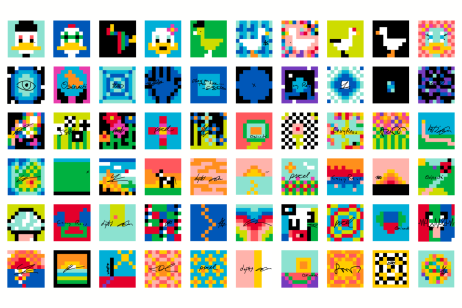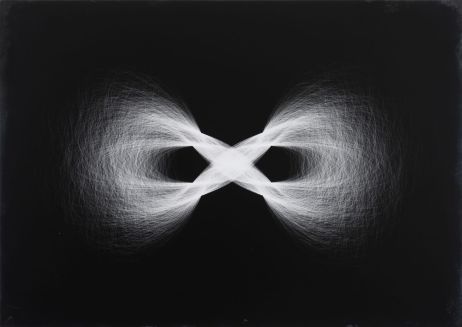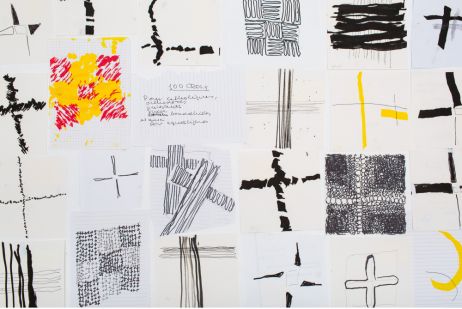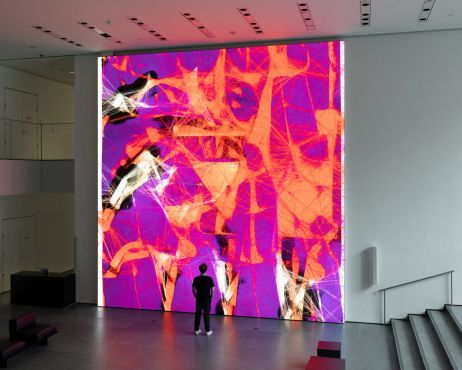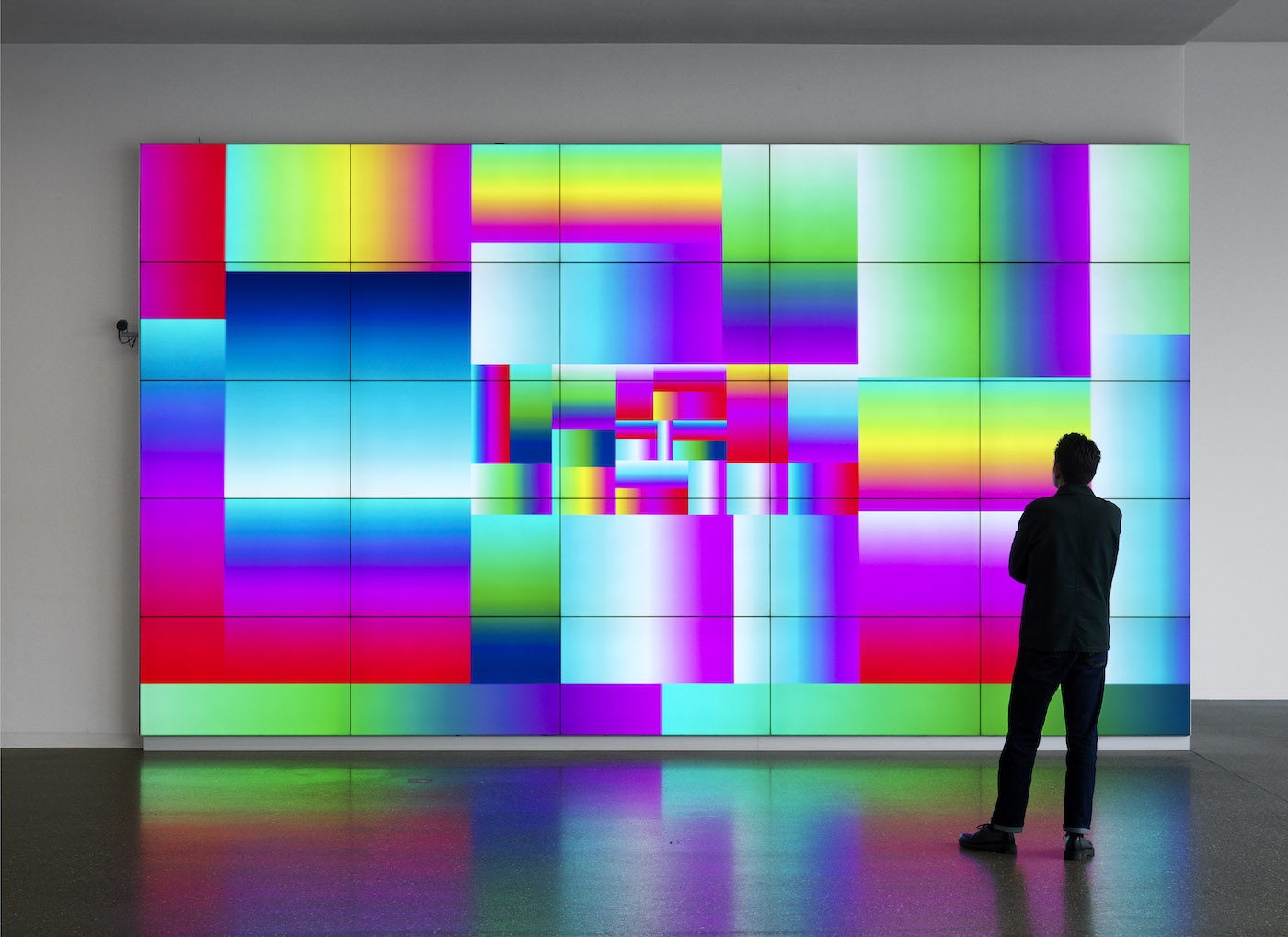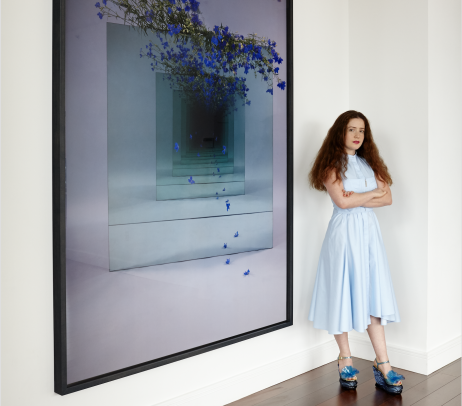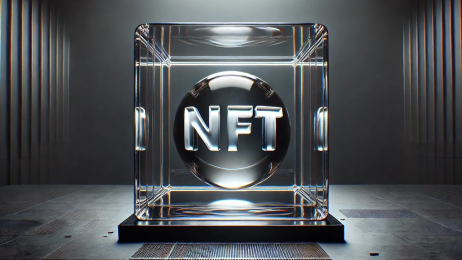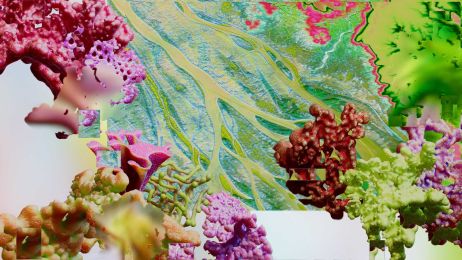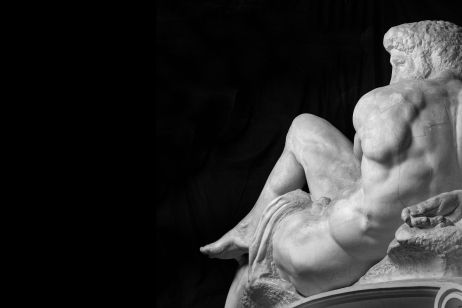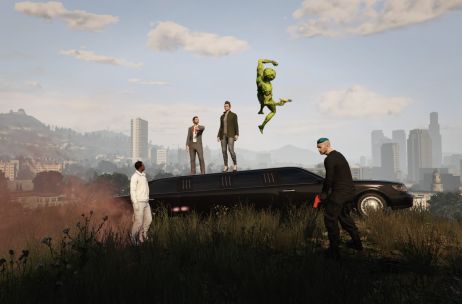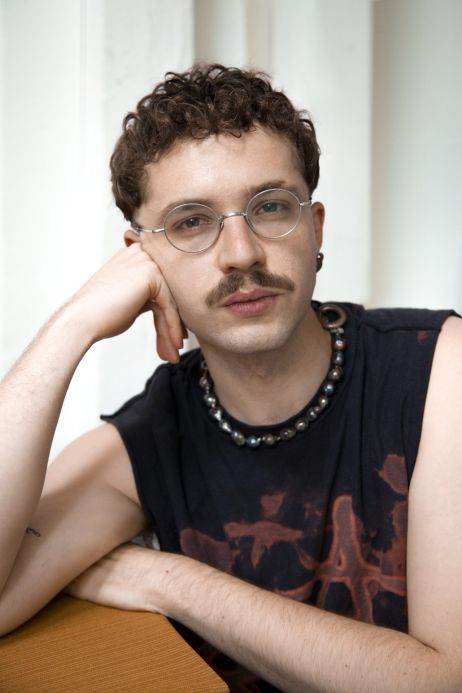Since the early 2000s, Dutch-Brazilian artist Rafaël Rozendaal has been making a name for himself on the computer scene, fusing painting and digital art. Currently exhibited at MoMA, he’s a big name in net.art with a busy career and continues to accumulate large-scale projects. Here’s proof in five key dates.
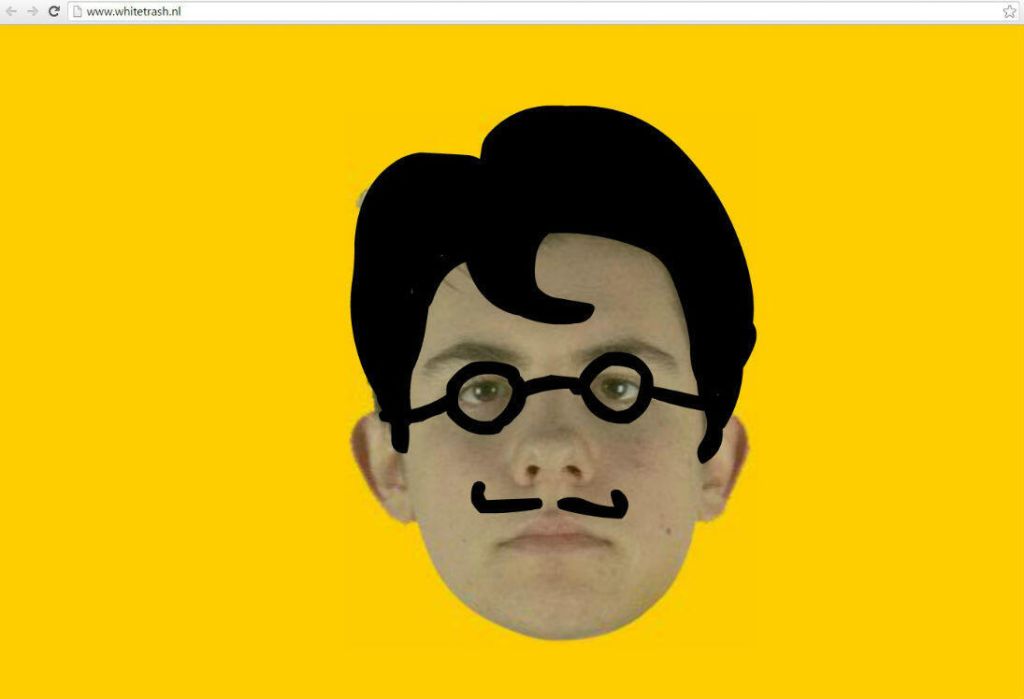
2001 – First exhibition
Rafaël Rozendaal ‘s arrival in the art world was announced by a self-portrait published online. Photographed in front of a yellow background, the Amsterdam-based designer invited users of the http://www.whitetrash.nl/ website to modify his appearance by changing various elements, from his moustache to his glasses to his haircut. Playful and deeply in tune with the democratizing possibilities of the Internet, this first piece of work was immediately noticed by the Greek artist Miltos Manetas, the initiator of the Neen movement, who invited him to exhibit in his Los Angeles gallery the same year.
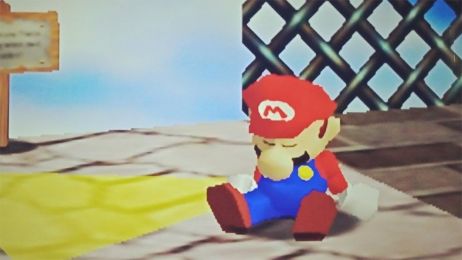
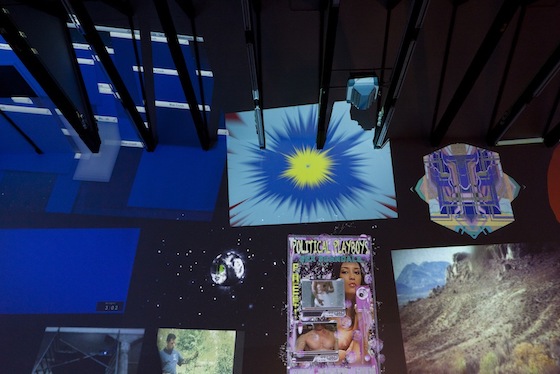
2010 – The creation of BYOB (Bring Your Own Beamer)
In 2010, Rafaël Rozendaal founded BYOB, an open-source exhibition concept where anyone and everyone could create a media art exhibition with only three simple rules: find a space, invite some artists and bring in the projectors. The goal? To bring the Internet into the physical world, further blurring the boundaries between virtual and real spaces. The operation was a success: since the creation of the concept, which grabbed all the attention at the Internet Pavilion at the Venice Biennale in 2011, over 150 BYOB events have been organized worldwide.
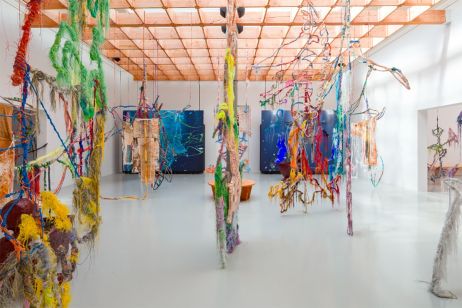
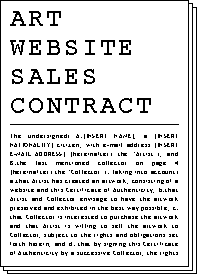
2011 – Art Website Sales Contract
Since 2011, the net artist has been selling various websites (which register over 40 million page views) as a way of integrating his collectors into his creative process. A sales contract stipulates that the purchased site has to remain accessible to the public. The document is both a certificate of authenticity and a legally binding contract between the artist and the art collector,” explains Rafaël Rozendaal on his website. The sale of websites as works of art is still very new, and I hope that this document will help any artist who wishes to sell their work in this way. I think selling a moving image under a domain name is an elegant solution: the work is accessible to the public, and the property is unique, because domain names are unique.” Ten years before the advent of NFTs, Rozendaal already had a vision and he intended to make good on it.

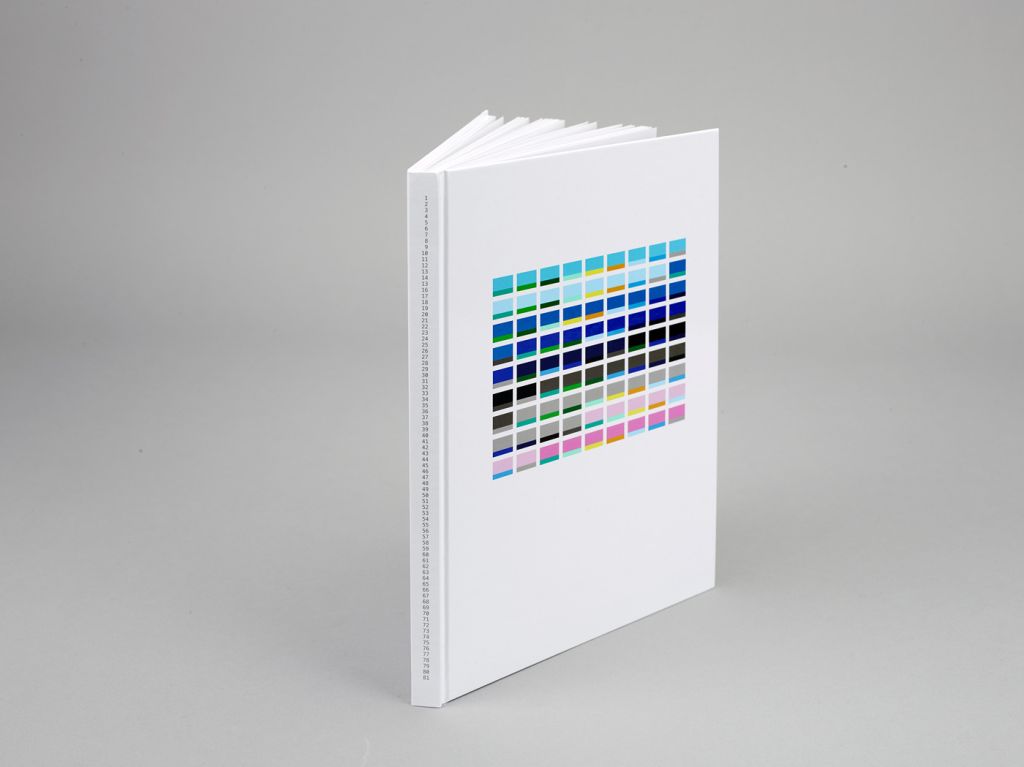
2021 – Arrival in NFTs
His vision positioned him as a forerunner and meant he was one of the first artists to embrace the blockchain starting in 2021. His first works sold as NFTs intrigued and fascinated collectors. They also quickly fetched several hundred thousand euros, making Rafaël Rozendaal one of the leading figures of Web3. One of his highlights? 81 Horizons, a geometric series first published on the Opensea NFT platform, before being published as an eponymous book in 2023.
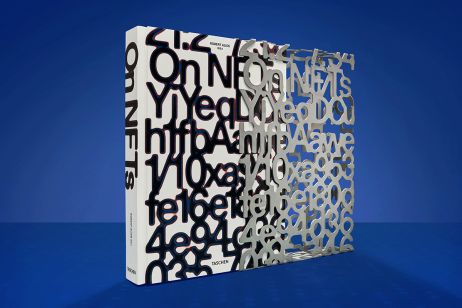
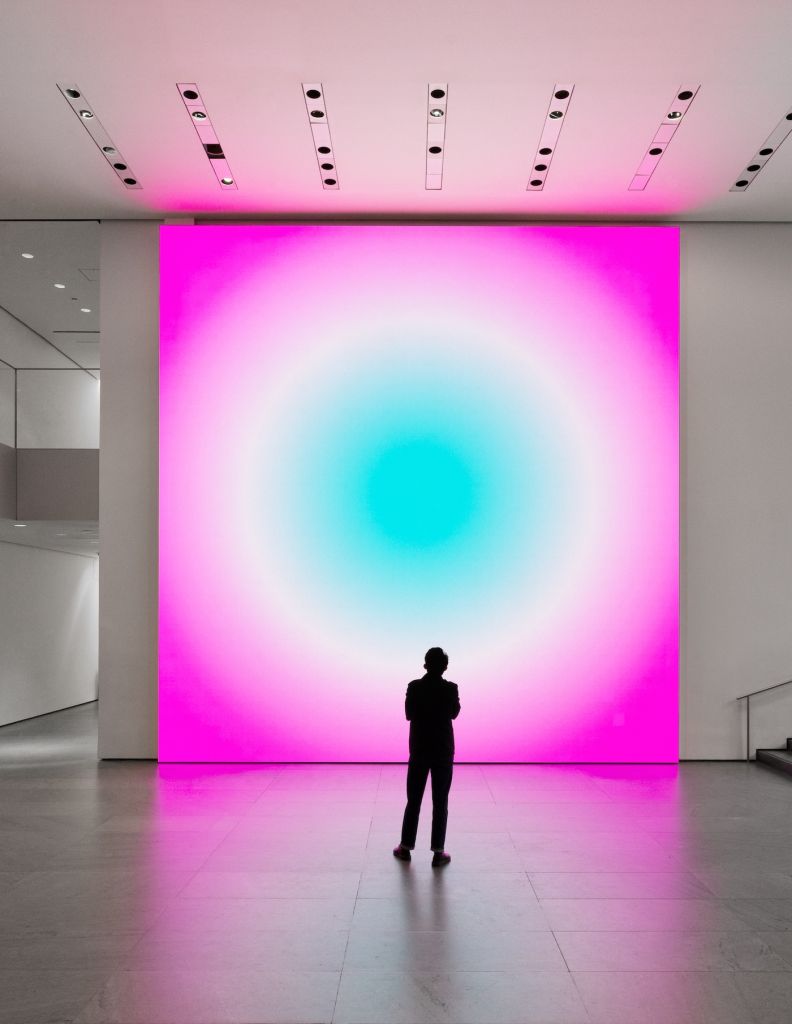
2024 – Light installation at MoMA
Rafaël Rozendaal has been a fixture on the art scene for over twenty years. He has now achieved major recognition by taking up residence at MoMA. Through spring 2025, the second floor of the New York institution will be home to Light, a digital installation which includes a selection of three-minute works, each animated in real time by an algorithm that exists on a self-contained website broadcast continuously on a large screen. It’s a video summary of a career as rich as it is dense, in which the Internet and the principles of how we interact live at the very heart of the creative process.
